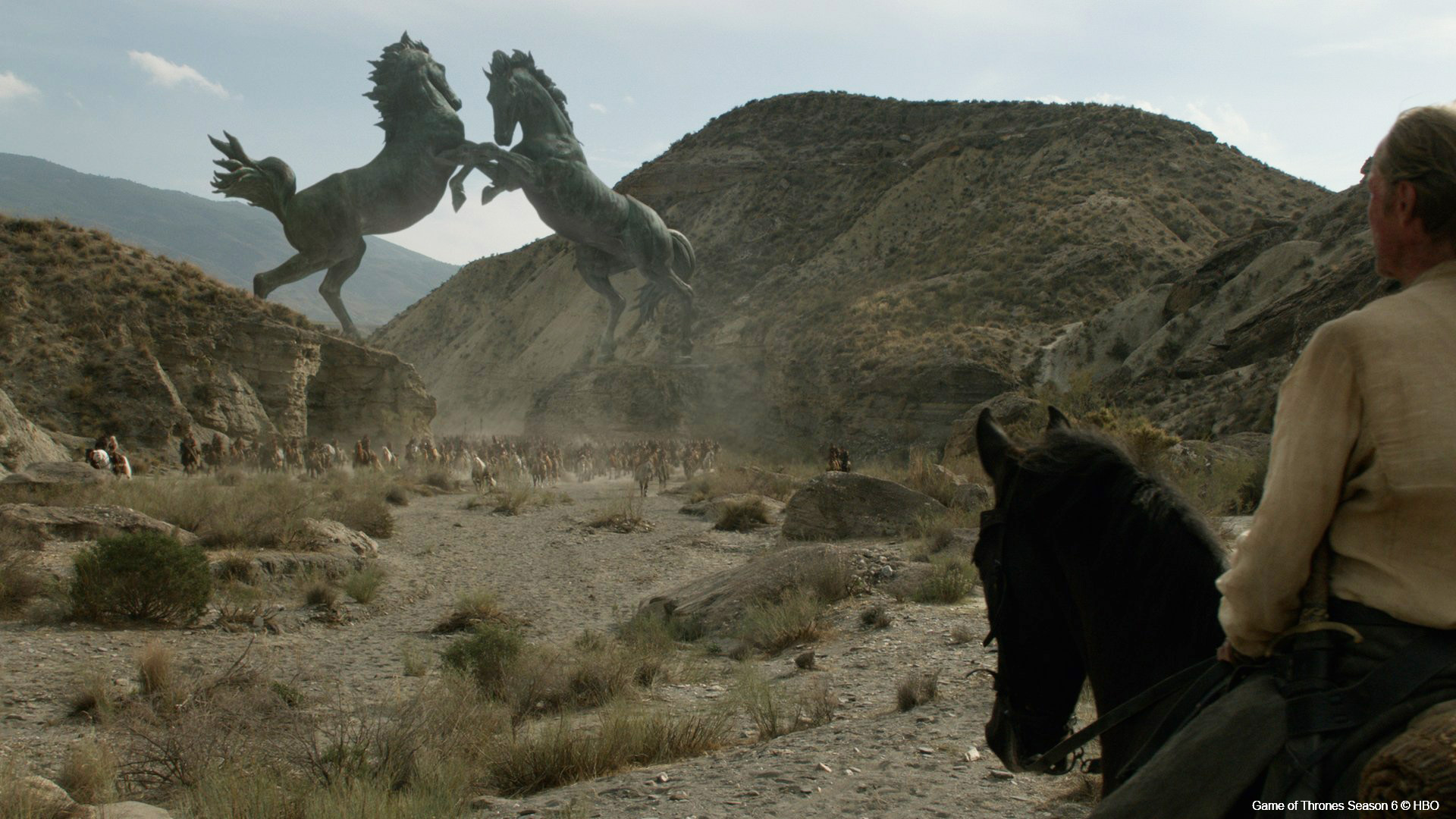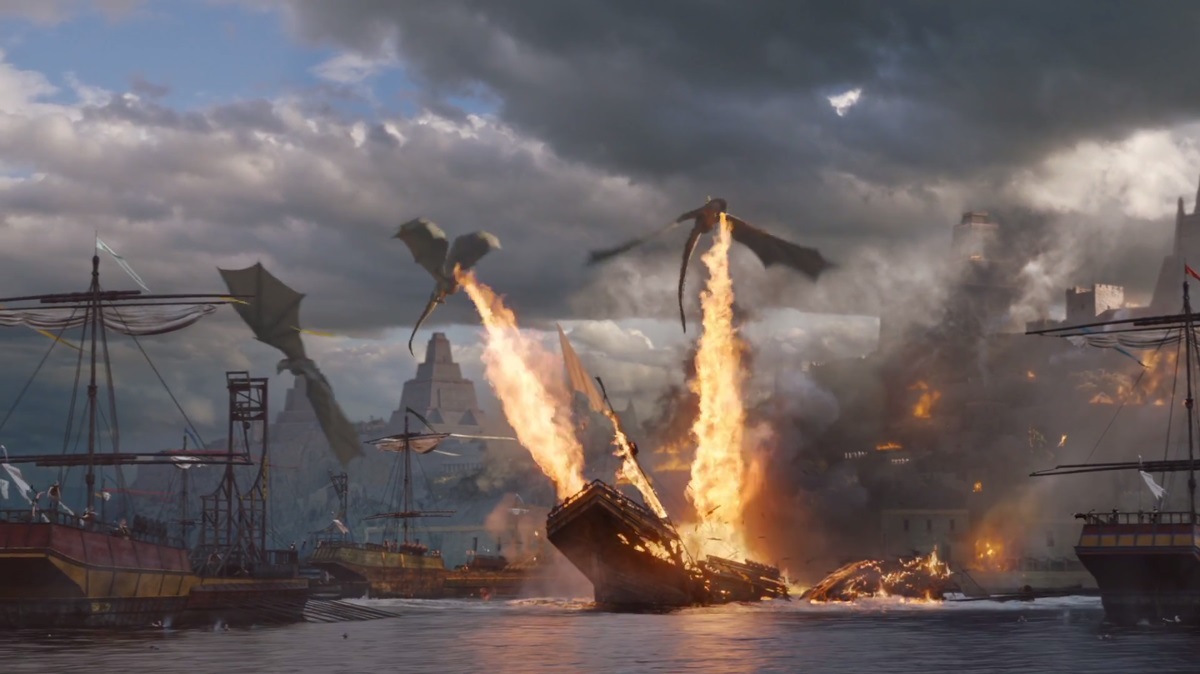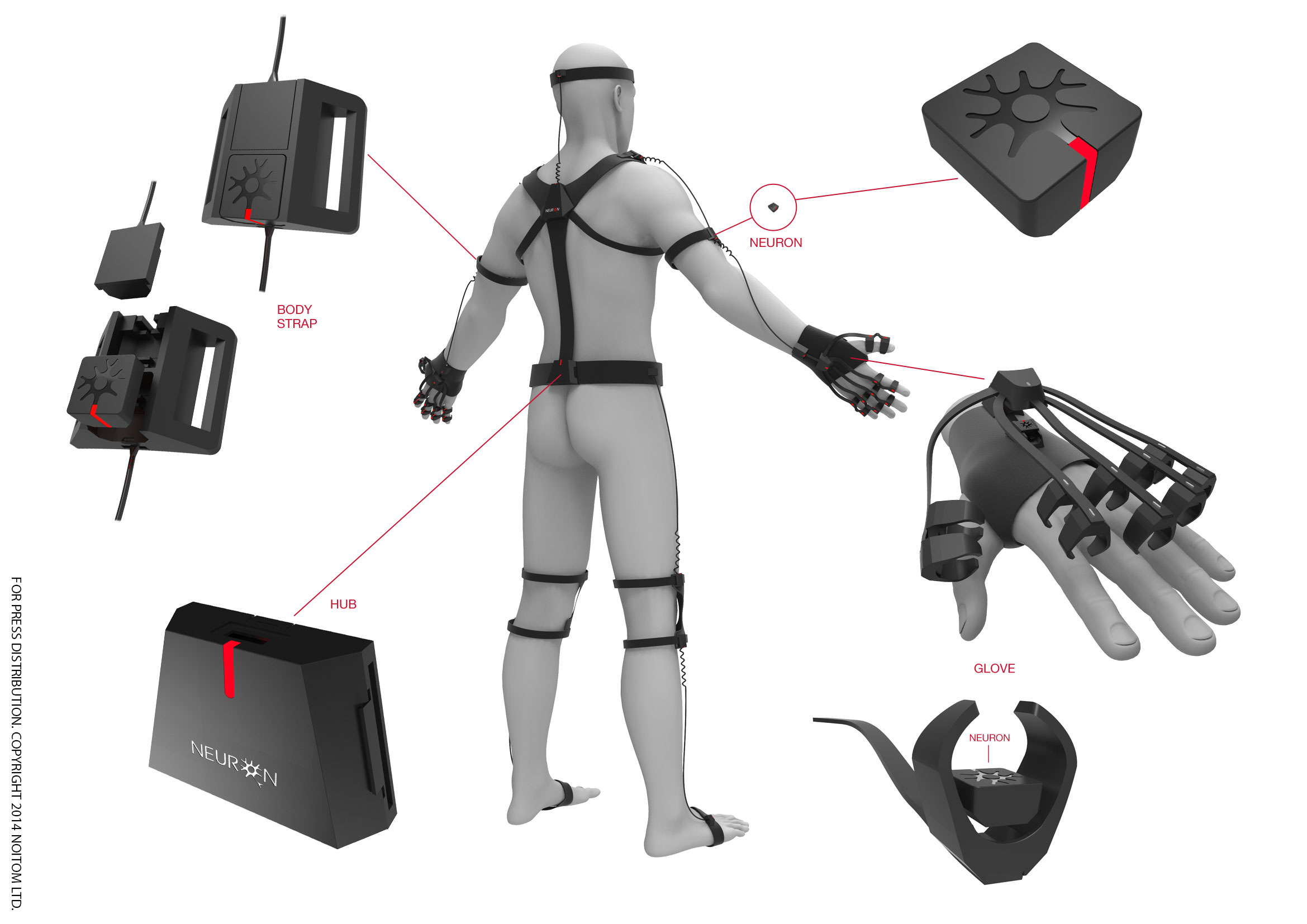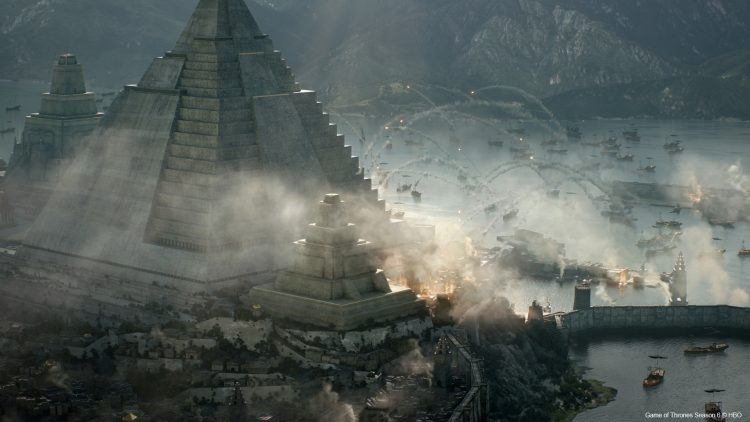HBO’s Game of Thrones is easily one of the most popular series available at the moment. It is also features some of the best CGI ever seen outside of feature films. We had the opportunity to talk to Jordan Soles, VP Development & Technology, Rodeo FX – who has been responsible for creating some of the most memorable scenes from the hit fantasy series.
Rodeo FX first began work on Game of Thrones during season four; when the amount of work needed to shoot each episode increased. These visual effects were not only confined to the CGI dragons, but also the sweeping landscapes and images of massive armies.

Seeing that Lowyat.NET is a technology site, we couldn’t help but ask what kind of hardware goes into rendering all these graphics. Photorealistic animations of giant statues being torn off pyramids isn’t something that your average GPU is capable of. Soles couldn’t tell use what’s in the servers that Rodeo uses, but he did say that they use some 350 of them to render the images. This is combined with using the processing power of every single artist workstation available to the company when everyone goes home for the night.
Interestingly, Rodeo also uses Google’s cloud computing services to boost its rendering capabilities on an ad hoc basis.

“After season four the work [on Game of Thrones] was so impactful on our facility that we began investigating on how to move things to the cloud. And as of season five we began moving things there,” explained Soles.
“We Render locally and on the cloud when needed. [The amount of cloud rendering needed] completely depends on the need of the show at any given time. On a Friday, we’re using the cloud quite a bit. By Sunday, we’re not on it at all; and by Wednesday, we’re back on it again. It’s completely variable.”
Creating CGI is not just about pure computing power. Rodeo also employs a considerable amount of practical effects and motion capture. This includes setting things on fire to observe how they burn, and using motion capture to make background 3D models more believable. Soles used the example of the final episode of GoT season six, where a ship was destroyed by dragon fire as an example of melding multiple techniques.

“Like this season we had the Battle of the Bastards, where we were given in August footage of a flamethrower and asked to create that footage. And so we did that successfully enough that we ended up doing all the fire for the dragons. That was really difficult, because it wasn’t just one dragon – it was three. And it wasn’t just a flamethrower, it was a dragon that’s 30 to 40m high,” says Soles
“And it’s supposed to decimate a ship and boil the water underneath. There are people on the ship that need to be able to flee. At the end of that breakdown – you probably didn’t even notice because of the fire – but there were a whole bunch of people who were jumping off the ship. Those are Rodeo employees.”
Rodeo employs a system known as Perception Neuron, a motion-capture system that does away with the need for IR cameras to track the actors. The company discovered the technology from Kickstarter, and employs it to animate digital characters.

People are not the only graphics that requires real world simulation to properly animate. According to Soles, Rodeo has a separate studio for conducting physics experiments to see what it would look like in the real world. This included shooting high speed footage of the interaction between a flamethrower and water.
“You end up having to learn about the properties, of let’s say, a dragon shooting a plume of fire at water. What would that look like? How would that interact with a boat? You end up doing a lot of fun physics experiments,” said Soles.
All this is later rebuilt in Autodesk’s Maya software, where it can be later merged with other shots to create the scene. In fact, Autodesk products make up most of Rodeo’s toolkit; which should be too surprising as the company has bought a number of graphics and design solutions like Houdini and Arnold.
The amount of work put into creating the graphics for Game of Thrones has paid off for not only Rodeo, but the other studios involved. The series was won the award for the Outstanding Special Visual Effects at the 2015 and 2016 Emmy Awards. These may be a small fraction of the recognition gained by the series based on George R.R. Martin’s books; but it is a sign that superb CGI is no longer solely in the province of blockbuster movies.


